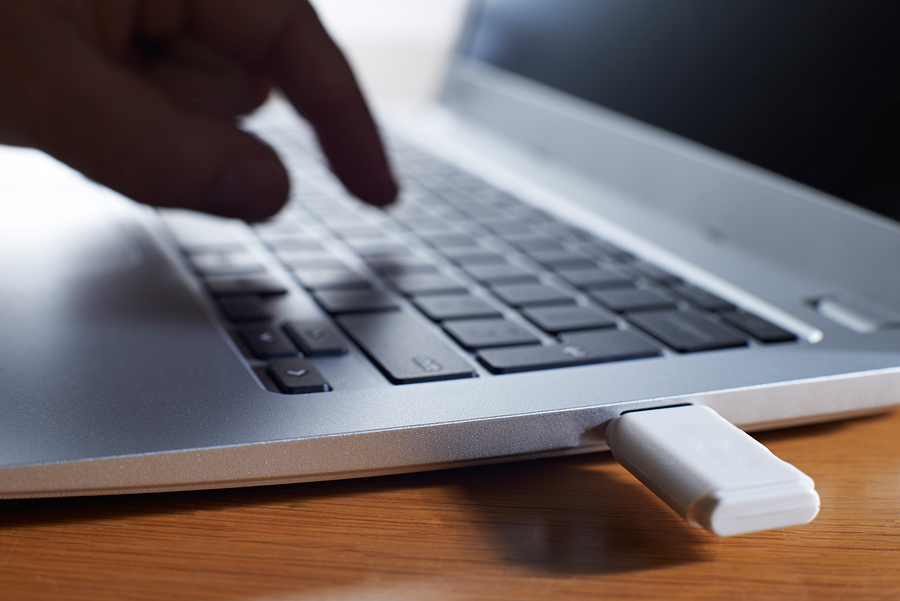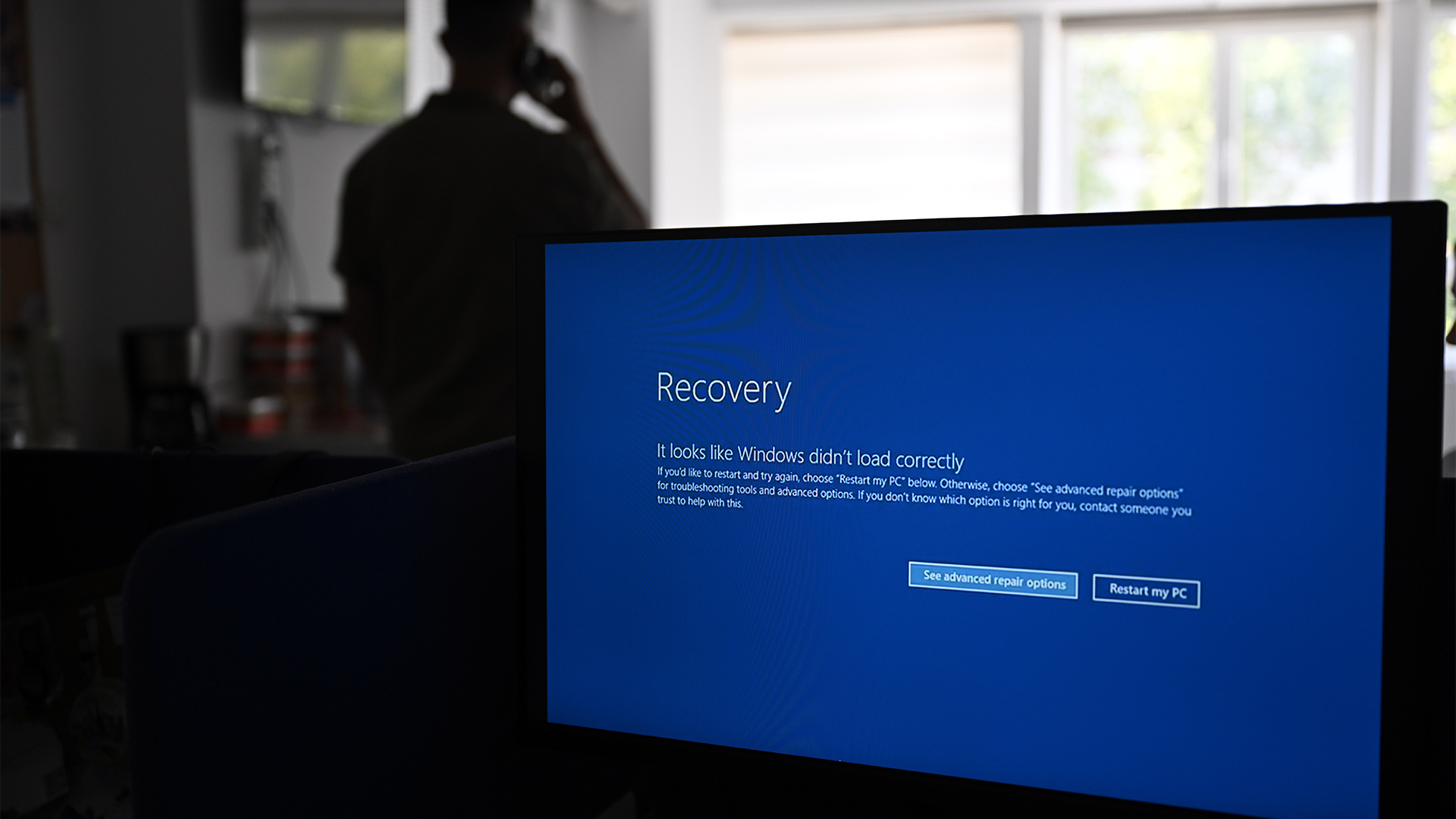Windows 10 May 2019 Update blocked for users with USB drives and SD cards
Need for a workaround to this latest error doesn’t bode well after Microsoft's recent upgrade nightmares


Microsoft will block users with external USB storage devices or SD cards plugged into their machines from taking up the latest flagship Windows 10 upgrade.
The May 2019 Update, due to be released within weeks, has sustained an "inappropriate drive reassignment" error, the company confirmed in support documentation.
As a workaround for this glitch, the developer is blocking users from upgrading entirely if they are actively connecting USB devices or an SD memory card. But this glitch may not just affect removable drives, but internal hard drives too in some cases.
It will, however, only affect users with a Windows-10 machine running either the October 2018 update, version 1809, or its predecessor version 1803, dubbed the April 2018 Update.
Both major upgrades to the Windows 10 operating system (OS) suffered from torrid rollout experiences, each exhibiting their own individual issues when they were released.
The previous update, in particular, deteriorated Microsoft's reputation somewhat with the firm withdrawing, then releasing the package several times.
Microsoft says the issue will be resolved in a future servicing update for the OS, with the issue resolved in some current builds for Windows Insiders.
Get the ITPro daily newsletter
Sign up today and you will receive a free copy of our Future Focus 2025 report - the leading guidance on AI, cybersecurity and other IT challenges as per 700+ senior executives
Earlier this month Microsoft launched a conscious effort to address its recent upgrade disasters head-on with a set of significant changes to the way updates are released.
Starting with the May 2019 Update, due on 10 May, users will be notified when the update is available to download and install, as opposed to the package being pushed to a user's machine automatically.
Users can also defer the major upgrade for up to 35 days while continuing to receive security patches.
Among the new features in version 1903 are a simplification of the Start menu, better search functionality, and an expanded security centre.
Microsoft is also rolling out a Windows Sandbox' mode, which can allow enterprise users to create a virtual machine-like desktop environment to run any potentially harmful software without risking the health of their device.
IT Pro approached Microsoft for more information on the nature of the inappropriate drive reassignment bug.

Keumars Afifi-Sabet is a writer and editor that specialises in public sector, cyber security, and cloud computing. He first joined ITPro as a staff writer in April 2018 and eventually became its Features Editor. Although a regular contributor to other tech sites in the past, these days you will find Keumars on LiveScience, where he runs its Technology section.
-
 Bigger salaries, more burnout: Is the CISO role in crisis?
Bigger salaries, more burnout: Is the CISO role in crisis?In-depth CISOs are more stressed than ever before – but why is this and what can be done?
By Kate O'Flaherty Published
-
 Cheap cyber crime kits can be bought on the dark web for less than $25
Cheap cyber crime kits can be bought on the dark web for less than $25News Research from NordVPN shows phishing kits are now widely available on the dark web and via messaging apps like Telegram, and are often selling for less than $25.
By Emma Woollacott Published
-
 Red teaming comes to the fore as devs tackle AI application flaws
Red teaming comes to the fore as devs tackle AI application flawsNews Only a third of organizations employ adequate testing practices in AI application development, according to new research, prompting calls for increased red teaming to reduce risks.
By Ross Kelly Published
-
 ‘Frontier models are still unable to solve the majority of tasks’: AI might not replace software engineers just yet – OpenAI researchers found leading models and coding tools still lag behind humans on basic tasks
‘Frontier models are still unable to solve the majority of tasks’: AI might not replace software engineers just yet – OpenAI researchers found leading models and coding tools still lag behind humans on basic tasksNews AI might not replace software engineers just yet as new research from OpenAI reveals ongoing weaknesses in the technology.
By George Fitzmaurice Published
-
 Java developers are facing serious productivity issues: Staff turnover, lengthy redeploy times, and a lack of resources are hampering efficiency – but firms are banking on AI tools to plug the gaps
Java developers are facing serious productivity issues: Staff turnover, lengthy redeploy times, and a lack of resources are hampering efficiency – but firms are banking on AI tools to plug the gapsNews Java developers are encountering significant productivity barriers, according to new research, prompting businesses to take drastic measures to boost efficiency.
By Solomon Klappholz Published
-
 Software security debt is spiraling out of control – remediation times have surged 47% in the last five years, and it’s pushing teams to breaking point
Software security debt is spiraling out of control – remediation times have surged 47% in the last five years, and it’s pushing teams to breaking pointNews Software security flaws are taking longer to fix than ever, with remediation times having grown by 47% in the last five years.
By Nicole Kobie Published
-
 Why the CrowdStrike outage was a wakeup call for developer teams
Why the CrowdStrike outage was a wakeup call for developer teamsNews The CrowdStrike outage in 2024 has prompted wholesale changes to software testing and development lifecycle practices, according to new research.
By Solomon Klappholz Published
-
 Tiny11 review: Windows 11 with only 2GB of RAM
Tiny11 review: Windows 11 with only 2GB of RAMReview A version of Windows 11 for older machines that don't meet the full requirements
By Nik Rawlinson Published
-
 Red Hat Enterprise Linux becomes foundational operating system for Cohesity Data Cloud
Red Hat Enterprise Linux becomes foundational operating system for Cohesity Data CloudNews New strategic partnership between Red Hat and Cohesity aims to drive innovation in the data security and management space
By Daniel Todd Published
-
 Ubuntu shifts to four-week update cycle
Ubuntu shifts to four-week update cycleNews Critical fixes will also come every two weeks, mitigating the issues involved with releasing prompt patches on the old three-week cadence
By Richard Speed Published